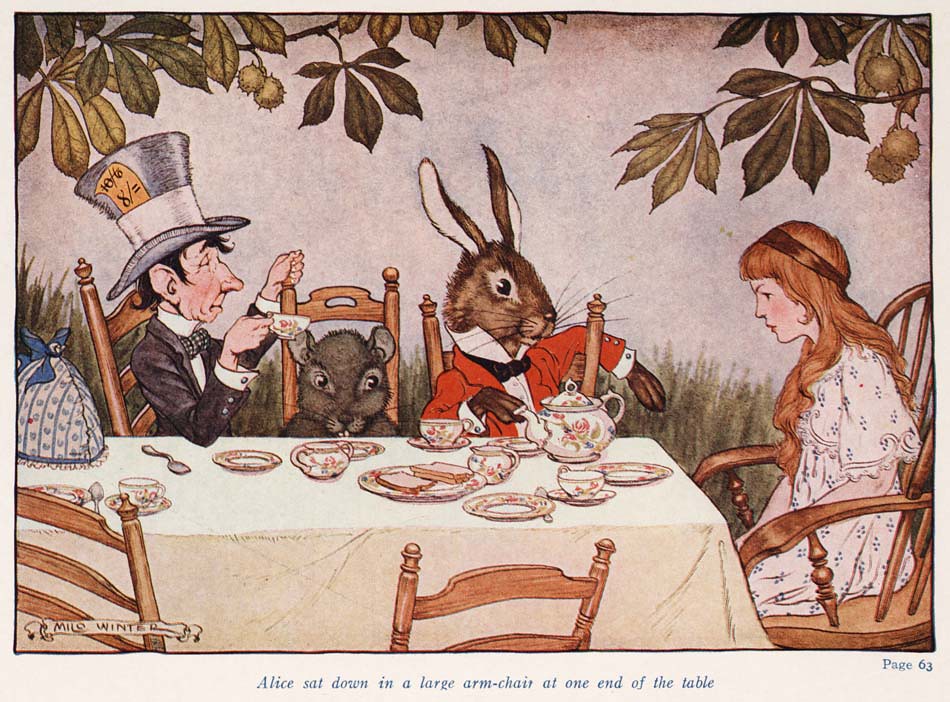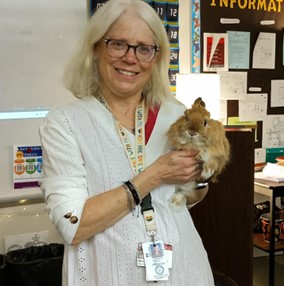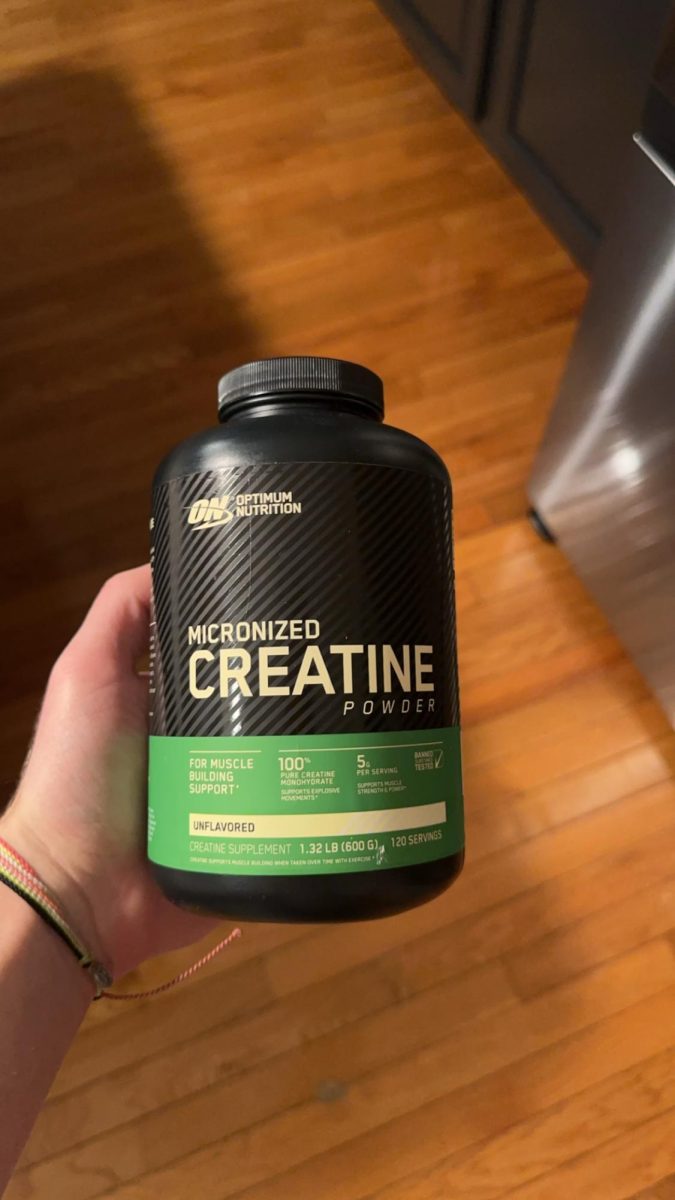Modern adaptations of fairy tales and other fantastical stories have a long history of being altered and reimagined, and the famous world of Wonderland is no exception. Many people know the story from its Disney adaptation, but what is often overlooked is how it goes beyond what the movie contains.
The original story was called “Alice’s Adventures in Wonderland,” written by Lewis Carrol in 1865. This story follows a young girl named Alice who falls asleep one day and finds herself tumbling down a rabbit hole and landing in an illogical world of magic called Wonderland. Here, she goes on a long adventure with several detours along the way. These include tea with the March Hare and Mad Hatter, croquet with the Queen of Hearts, an unmanageable flamingo and uncooperative hedgehogs, conversations with the Cheshire Cat, meetings with a hookah-smoking caterpillar, and much more. This children’s book not only tells an exciting story but also has an intriguing history. It is actually based on a real girl named Alice Liddell, who was the daughter of Henery George Liddell. Henry Liddell was the Dean of Oxford when Carrol attended school there, and when he spent time with Alice, she would tell Carrol stories about Wonderland that he wrote down for her in a book he titled “Alice’s Adventures Underground.” When a visitor saw this book, he told Carrol that it should be published immediately, so Carrol revised and renamed it “Alice’s Adventures in Wonderland,” and it quickly became a massive success.
Modern renditions of this story often contain many discrepancies with the original, a trend that can be seen in most fairy tale retellings. Over time, these once morbid tales have morphed into something much gentler to better fit in with today’s societal standards. This is seen in nearly every modern rendition, with notable examples being “Sleeping Beauty, “Snow White,” and, of course, “Alice in Wonderland.” While the stories may have lost some of their original brutality, it does not mean that they lost their value. Hannah Godshall, an English teacher at Pennridge High School, shared, “The archetypes that exist within them [fairy tales] are literally the building blocks of all stories.” Change isn’t always a bad thing, and this can be seen in modern retellings of “Alice’s Adventures in Wonderland” as it gives the audience more opportunities to understand the various characters within these stories.
Though Disney is often praised for being the best of the adaptations, it is only one of hundreds. For example, “Heartless” is a novel written by Marissa Meyer and is a popular modern adaptation of Alice in Wonderland. The book is written as a prequel to the original story. It follows Cath, the girl who will eventually become the Queen of Hearts. This element creates conflict because the reader knows Cath’s fate before she does. As the story unfolds, there are many similarities that Meyers keeps consistent with the original tale. The mythical creatures, twisty plot, and riddles throughout the story clearly point to Carrol’s version from which Meyers drew her inspiration. Plus, the addition of classic characters like the Cheshire Cat creates a familiar feeling that many readers enjoy. All of these similarities lend themselves to the perfect fairy tale adaptation because the feelings that readers experience in the original version are kept, but the plot is updated to attract a modern audience. In this case, the mythical and magical realm of Wonderland stays the same, but the perspective is switched to lend a new perspective to a classic story. Patience Bowersox is a reader who loved this change. “…she [Meyers] did a great job telling the story like nobody has before,” Boxersox states. “I think people always misunderstand villains in stories, and once they have a background, it makes it valid why most villains are angry. For the movie “Alice in Wonderland,” the queen was pure evil. But for Heartless, her trauma made her evil.”
While the modern adaptations of “Alice’s Adventures in Wonderland” may not be verbatim to the original, they bring a new understanding of the story. With authors and directors adding new backstories, events, and sequences to the classic tale, they are able to layer the characters and add depth to the plot that wasn’t previously there. Deviation from the original can sometimes be frowned upon, but it is with change that growth in literature can be seen.
Sources:
https://www.britannica.com/topic/Alices-Adventures-in-Wonderland
https://www.goodreads.com/book/show/18584855-heartless
https://www.supersummary.com/heartless/summary/






